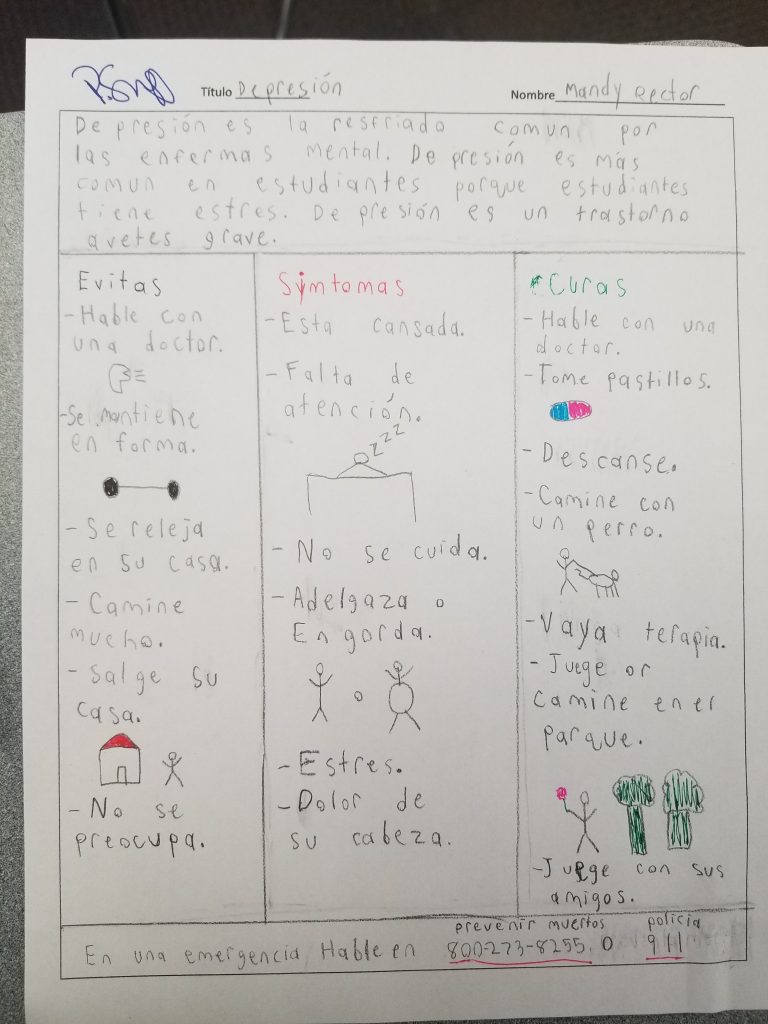Interpretive, Interpersonal, and Presentational Modes of Communication
Exploring Culture
Learning about the way getting lunch and food in Spanish speaking gave me a great idea of how Spanish countries get food. The supermarket ad showed a lot of differences between here and Spain.
The differences in the prices of many items between countries gives a big view into the economies of the countries. The supermarket ads had alcoholic beverages as much cheaper than in the United States, likely due to shorter imports. On the other hand, some things cheaper in America were more expensive in Spain, like milk. Hispanic culture is very different from what I am used to, but that is not a bad thing. Spanish speaking countries simply have a different sense of community, like the way they view eating out or having coffee.
Engaging in Communities
If one never engaged with the communities of others, many games and movies would not exist, and many people would be far more boring. Differences in people make them amazing and interesting.
![Stream Victory! Miror B. by Ultimus Tourney: Empty Space [MOVED] | Listen online for free on SoundCloud](https://i1.sndcdn.com/artworks-hzxnN6a9qTRWOU9U-Hn2Blg-t500x500.jpg)
One of my favorite bosses in a video game is the shown above Miror B. He has a team of Ludicolo, Pokemon based heavily on Mexican dancers, and he has a very fun Hispanic music theme. In fact, the next Pokemon game is going to be based on Spain. One of my favorite Disney movies is Coco, which was a beautiful movie of the Day of the Dead. It is a beautiful view into the Spanish culture of the family, as well as respecting the dead. A third and far more recent example is Encanto, which tells a similar tale of family.
Interpersonal Communication
The TalkAbroads were some of the most dreaded required assignments in the class, but at the end they weren’t that bad. They were fun, and they allowed me to talk to someone who knew more than me. Both of my partners were extremely nice, and the conversations were memorable.
In more spontaneous conversations, there are benefits and downfalls. For one, if I do not know what to expect when I go into a conversation, I tend to talk slower and think more about what I say before I say it. This gives me the extra time to formulate sentences, but it can get awkward when I take too long. Masks hinder my communication, as I cannot hope to read lips or facial expressions, so in person conferences were difficult, but not impossible. A problem with online communication is the possibility of lag or glitchyness in voices. Planned conversations leave me scrambling when something I didn’t expect comes up, and leaves me fumbling for a word. They, however, tend to go smoother. All in all, these conversations are rewarding.
Presentational Speaking
The spoken projects were the biggest examples of presentational speaking in the the class. They were a challenge to get perfectly into the time slots without making them too short or long. They added an extra layer of difficulty, because I had to present in class.
The spoken projects for me were a bit harder than the written projects because they required memorization. Memorization has never been my strong suit. Creating the original scripts was the easiest part of them. Memorizing was the hardest. Redoing the presentations in class was difficult because it forced memorization over days rather than a short time period, but I managed it each time to what I thought was great effect.
Presentational Writing
The written projects were actually far easier for me to do than the video projects. I was able to be a bit more creative with what I could put together, and they required less memorization of specific sentences, and more memorization of concepts.

With each written project we have done, I have had to focus in on a topic that I can choose and create a connection to. The ability to choose a topic and have room to expand and play with it makes assignments so much more fun. The hardest part about written projects is remembering the spelling of every word and the verb forms for the unit. The thing that made this so much easier was honestly having a vocabulary sheet. I excelled at coming up with things to write on the fly.
Interpretive Listening
Most of the interpretive listening activities that I have done in this class have normally been entertaining ways to introduce us to culture and a unit. They tend to be fun and easy to listen to, while also being informative.
I have learned many things about Spanish culture, including about the royal family as seen above. I also learned a lot about the food that those in different countries live. This video that we watched in class was very easy to understand, as long as you had done the homework. I found it extremely interesting how big the royal family of Spain actually was. It gave me a better understanding for how different other countries operate. Learning to understand even the majority of what is speaking and figure out the context clues is quite useful. It also helped me communicate in the Talk Abroads.
Interpretive Reading
In class, we read many articles about different things, using many context clues to get to the meat of the articles. The use of context clues to figure out what the articles or collaberators were talking about was an important skill.
https://mhanational.org/blog/31-formas-de-trabajar-en-su-bienestar
Some articles were far more clear at a glance than others, but the use of context helped me to figure out the majority of what I didn’t know. Key words like verbs and question words go a long way to figuring out the potential meanings of many sentences. Any word that I could not figure out, even with clues, I would later look up. It allowed me to learn more through paying attention.